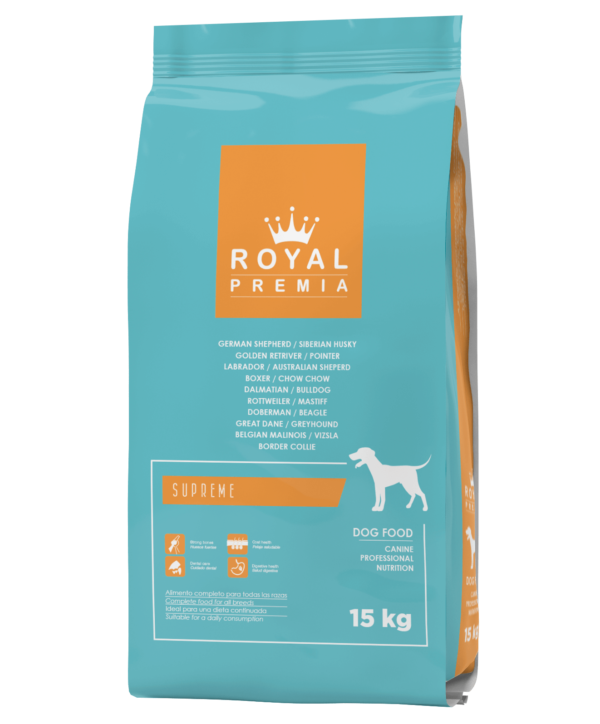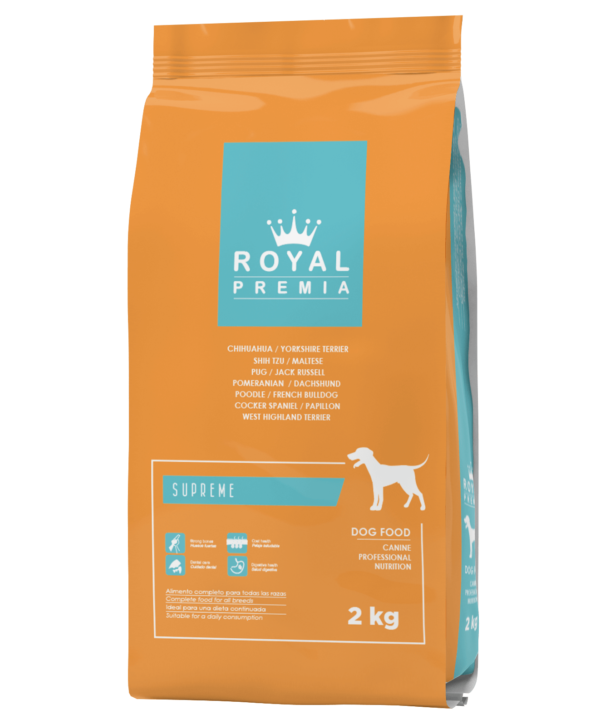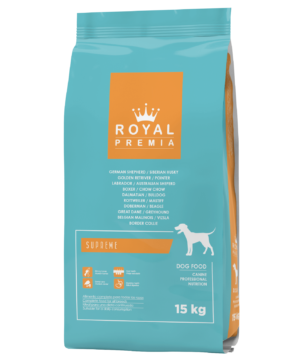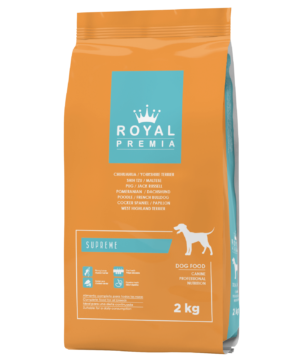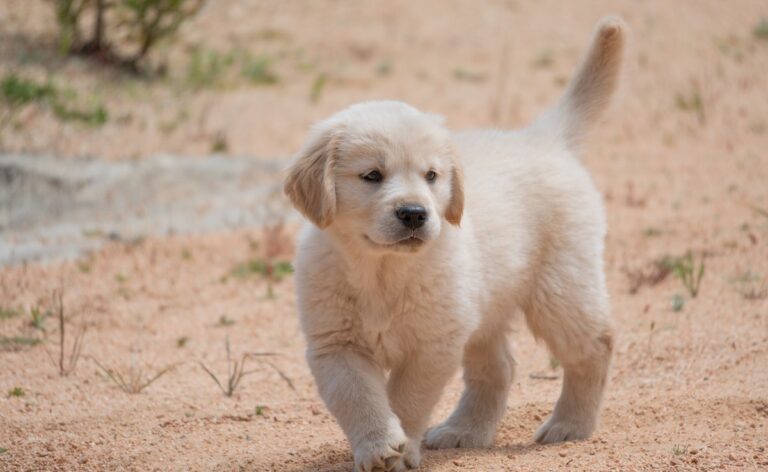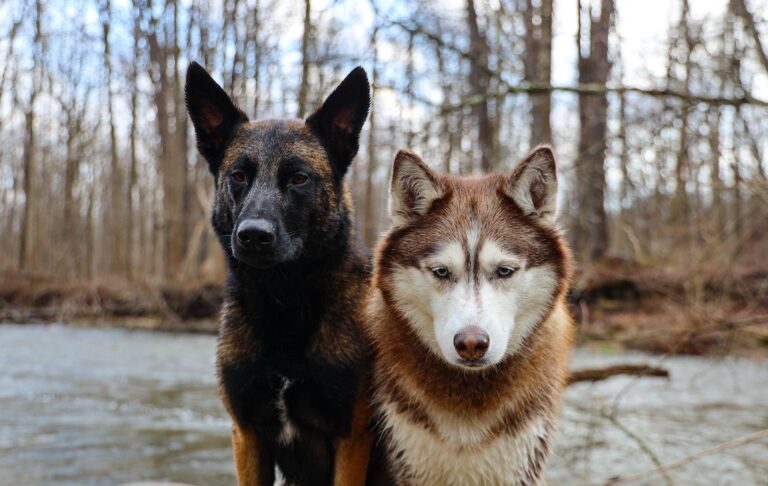How To Switch or Transition Dog Food
Switching your dog’s food can be a daunting task, but with the right approach, it can be a smooth and successful transition.
Whether you’re changing your dog’s diet due to health reasons or simply looking for a better option, this easy guide will help you navigate the process without causing stress to your furry friend.
| Step | Description |
|---|---|
| Days 1 – 2 | Mix 25% new food with 75% old food |
| Days 3 – 4 | Increase to 50% new food and 50% old food |
| Days 5 – 6 | Shift to 75% new food and 25% old food |
| Day 7 | Transition to 100% new food |
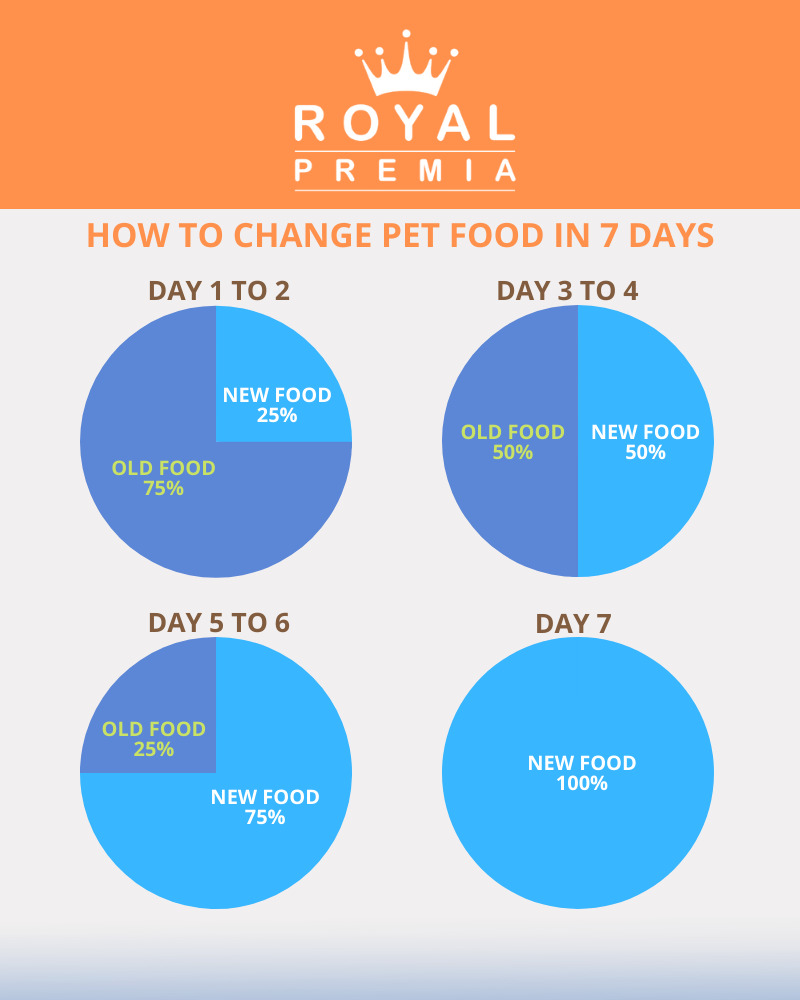
Gradual Transition
A sudden change in your dog’s diet can upset their stomach and lead to digestive issues. To avoid this, make the switch gradually over a period of 7-10 days. Start by mixing a small amount of the new food with the old food in a 75/25 ratio. Gradually increase the proportion of the new food while decreasing the old food until you’ve reached 100% of the new food.
Observe Your Dog’s Reaction
Throughout the transition, keep a close eye on your dog’s behavior and overall well-being. Monitor their appetite, energy levels and bowel movements. If you notice any unusual changes, consult your veterinarian.
Choose Quality Food
When selecting a new dog food, opt for a high-quality option that suits your dog’s specific needs. Look for a well-balanced diet with essential nutrients, and consider your dog’s age, size and any dietary restrictions they may have.
Stick to the Same Feeding Schedule
While transitioning your dog’s food, it’s essential to maintain their regular feeding schedule. Dogs thrive on routine, and a consistent schedule can help ease the switch.
Treats and Supplements
During the transition period, it’s best to avoid giving your dog any new treats or supplements. Stick to their old treats or consult your vet for suitable alternatives.
Stay Patient and Persistent
Some dogs may take longer to adjust to the new food, while others might adapt quickly. Be patient and don’t get discouraged if the process seems slow. Stay persistent and follow the gradual transition plan.
Hydration is Key
Ensure your dog has access to plenty of fresh water throughout the transition. Proper hydration is crucial for their overall health, especially during this period of change.
Special Considerations
If your dog has specific health issues or allergies, it’s essential to choose a food that caters to their needs. In such cases, consult your veterinarian for personalized recommendations.
Finishing the Transition
Once your dog has fully transitioned to the new food and is happily eating it without any issues, you can consider the switch successful! Continue to monitor their well-being and consult your vet if you have any concerns.
Overall
Switching your dog’s food can be a positive change that improves their overall health and well-being. By following this step-by-step guide and maintaining patience and persistence, you can ensure a smooth and successful transition for your furry companion.
Remember, always consult your veterinarian if you have any doubts or concerns about your dog’s diet or health.
Royal Premia Dog Food
-
Basic Adult Dry Dog Food 15kg All Medium and Large Breeds
-
Basic Adult Dry Dog Food 2kg All Small Breeds
-
Supreme Dry Dog and Puppy Food 15kg All Medium and Large Breeds
-
Supreme Dry Dog and Puppy Food 2kg All Small Breeds
Frequently Asked Questions
Is it necessary to switch my dog’s food gradually if I’m only changing flavors within the same brand?
While switching flavors within the same brand might cause fewer digestive issues, it’s still a good idea to transition gradually, especially if the ingredients significantly differ between flavors.


